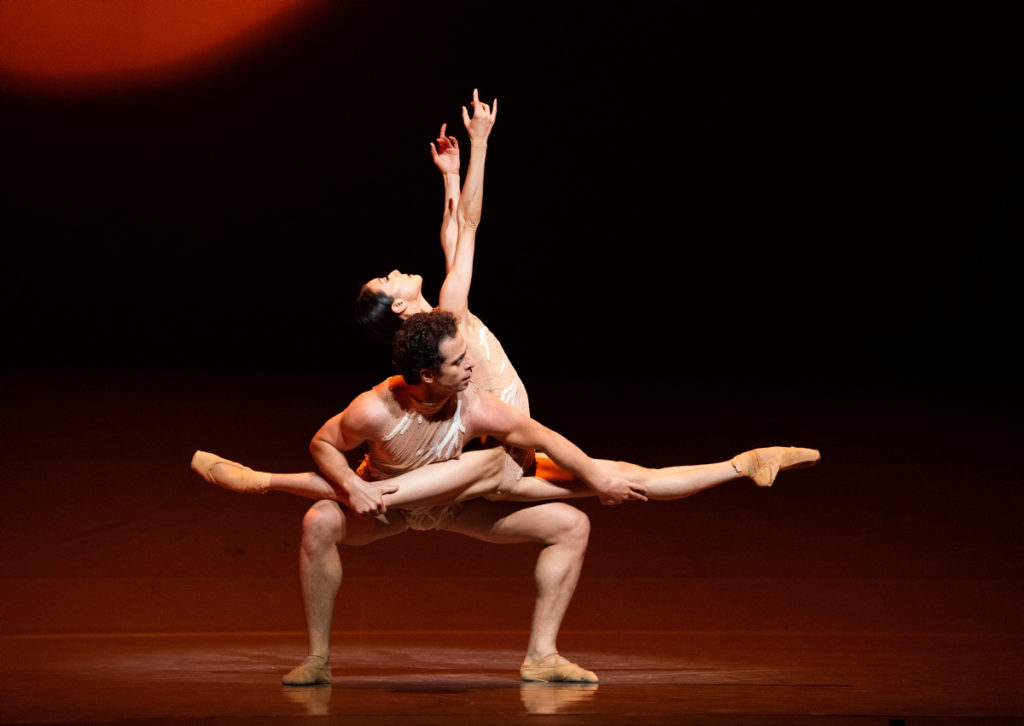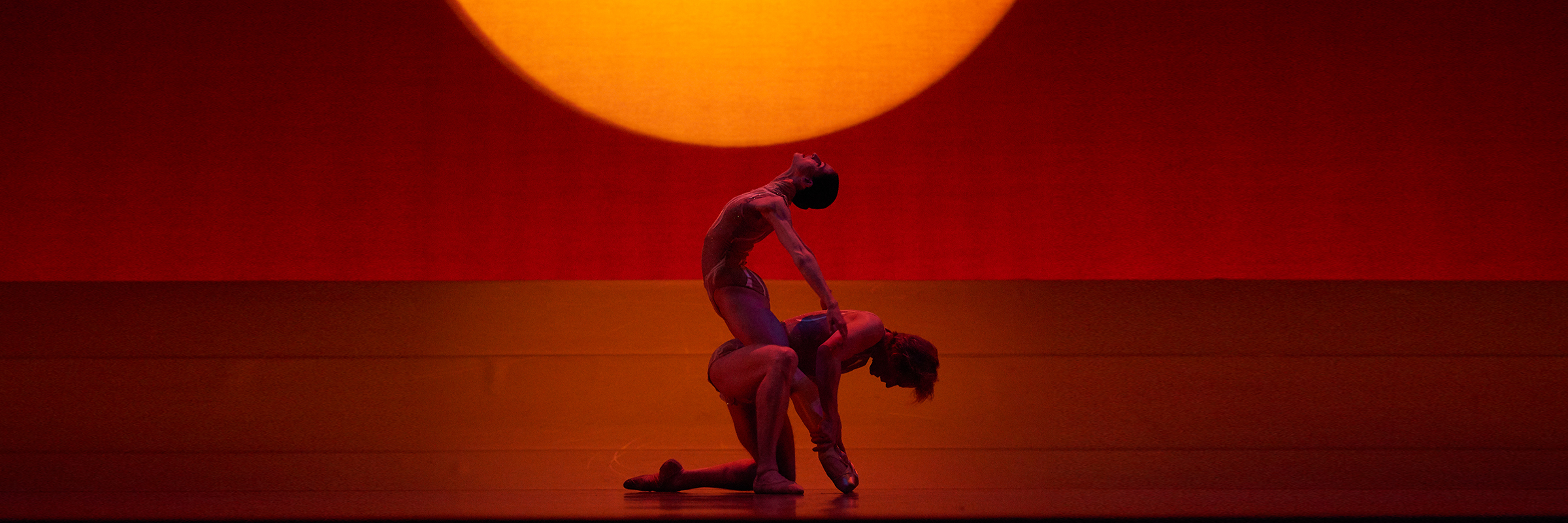About Edwaard Liang’s The Infinite Ocean
Discover the inspiration behind The Infinite Ocean
As a dancer, Edwaard Liang loved being in a company, being part of something bigger than himself, one player in the complex, mentally and physically challenging process of creating art. After a major career in ballet and on Broadway, he turned to choreographing, a role in which he not only participates in the creative process, he drives it. Today, as a longtime choreographer, and artistic director of BalletMet since 2013, Liang is known for creating dramatic works, fueled by extreme emotions. His third work for San Francisco Ballet, The Infinite Ocean, hovers in the space between life and death, when spirits must let go of whatever ties them to the physical world. It’s a time he calls “the awakening.”
Liang’s focus of late, both personally and professionally, has been on spirituality and life and death. When Liang was 13, his father died of cancer; in recent years, many of his friends have grappled with terminal illnesses. The idea behind this ballet began to simmer when he got a Facebook message from one of those friends: “I will see you on the other side of the infinite ocean.”
Liang had previously tackled the life-after-death theme with 13th Heaven at Singapore Dance Theatre, but he wanted to work more with the idea of the transition to death. “A lot of people think that ghosts or entities are spirits that cannot let go of the past and this earthly plane, so they are stuck in between,” he says. “The concept [of The Infinite Ocean] is that these are people that, at this particular time, are transitioning. It may not always be what we consider like drifting toward the light. I want it to be a little bit more chaotic.”
For music, he turned to composer Oliver Davis, with whom he’d worked on 13th Heaven. “I like that he writes such a quirky, interesting blend of minimalist music but with this baroque feel,” says Liang. “And he loves to work with strings, and I really wanted a violin concerto [for this ballet]. So it was a natural fit.”
To prepare, Liang pondered what he wanted the dancers to think about. “These are the same questions I was going to ask myself,” Liang says. “Who would you like to see [before you go]? And it doesn’t have to be a who—what would you like to see? What touches and moves and inspires you about the unknown? And whatever your belief is, what is it that makes your heart sing? We want to be heard, we want to be seen, we want to feel connected to something. What does that mean to you? The dancers’ responses would inform and individualize their movement.
When the ballet opens, the “transitioners” are struggling with these questions. “Everybody’s in silhouette,” Liang says, “and they’re walking toward the infinite ocean,” toward a light source inspired by a brilliant orb in a 2003 light installation by Olafur Eliasson at the Tate Modern. As they walk, they should reveal themselves as individuals, with their own needs and desires, Liang says. “You want to walk like the pure essence of you, as energy.”

At first, these transitioning souls resist leaving. “There’s a lot of going toward, reconnecting with each other, disconnecting,” Liang says. “But they’re really not looking at each other, not until a little bit later, when they’re reliving their relationships.” In a duet created on Principal Dancers Sofiane Sylve and Tiit Helimets, the interaction is “soft, spiritual, romantic,” Liang says. Another couple is young, on their first date, facing the loss of promise and potential when their lives are cut short. A men’s dance “a choppy adventure” shows the angst involved in letting go of life, he says.

In a duet created on Principal Dancers Yuan Yuan Tan and Vitor Luiz, Liang wanted to play with the idea of soul mates. Their relationship is tumultuous, “a constant circling and trying to find each other,” he says. For this couple, especially the woman, accepting that it’s time to leave bodily life is more difficult than it is for the others. “Obviously there’s some unresolved thing,” Liang says.
One day, during a rehearsal break, Liang turned on the music and started dancing. He began slowly, with small steps that gained speed and power, moving with concentration and obvious emotion. Maybe it was then that he got the first inkling of what he realized when the rough draft of the ballet was done—that it is “a love letter to my father,” he says. “He’s the first person I want to see [when I die]. It’s been so long since his death that I didn’t realize how desperate I am to reconnect with him. That was my journey through this process.”
Program Notes by Cheryl A. Ossola
Header image: Sofiane Sylve and Tiit Helimets in Liang’s The Infinite Ocean // © Erik Tomasson








